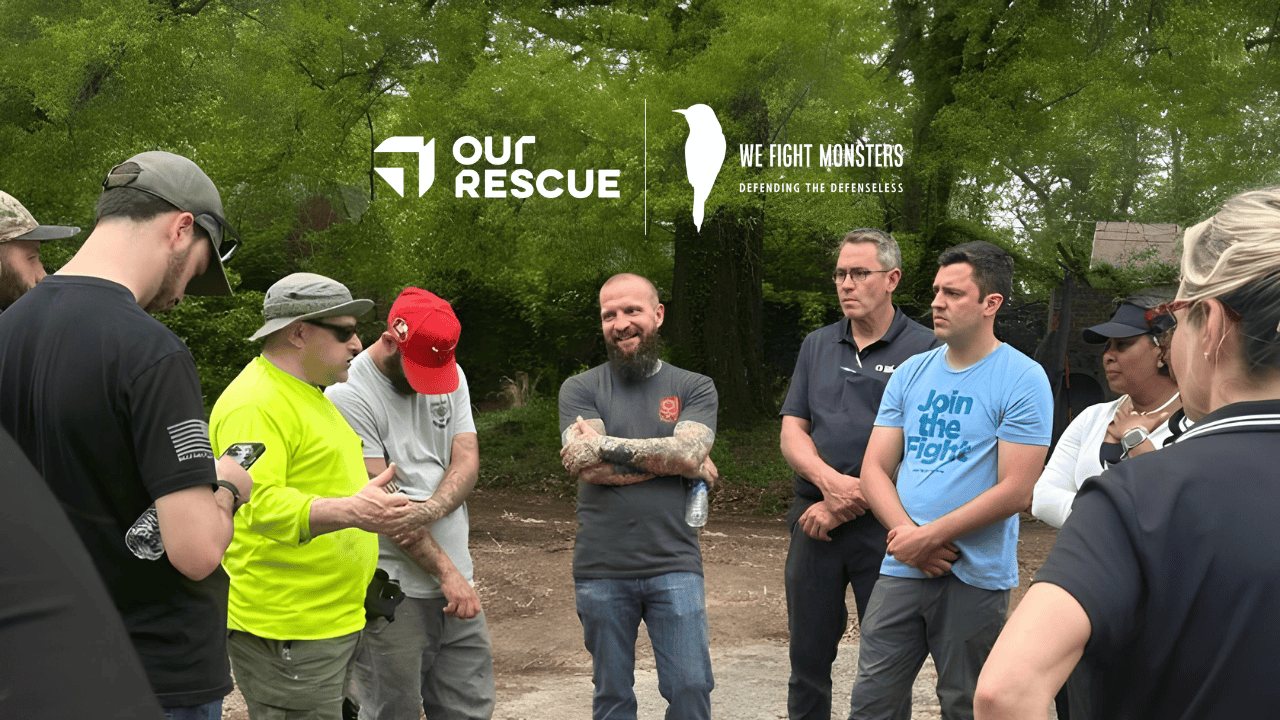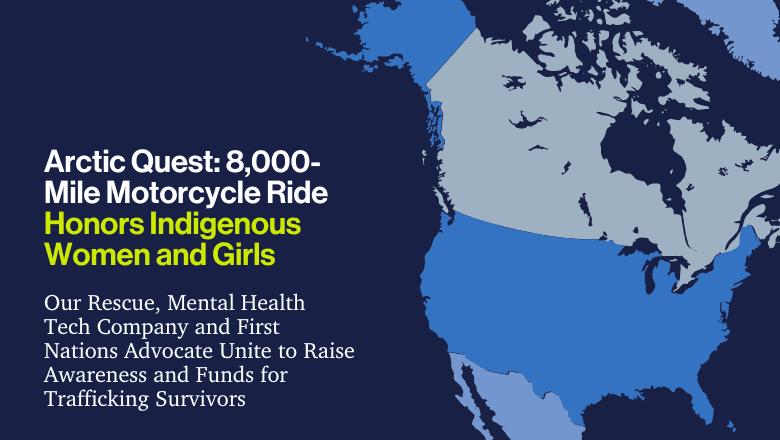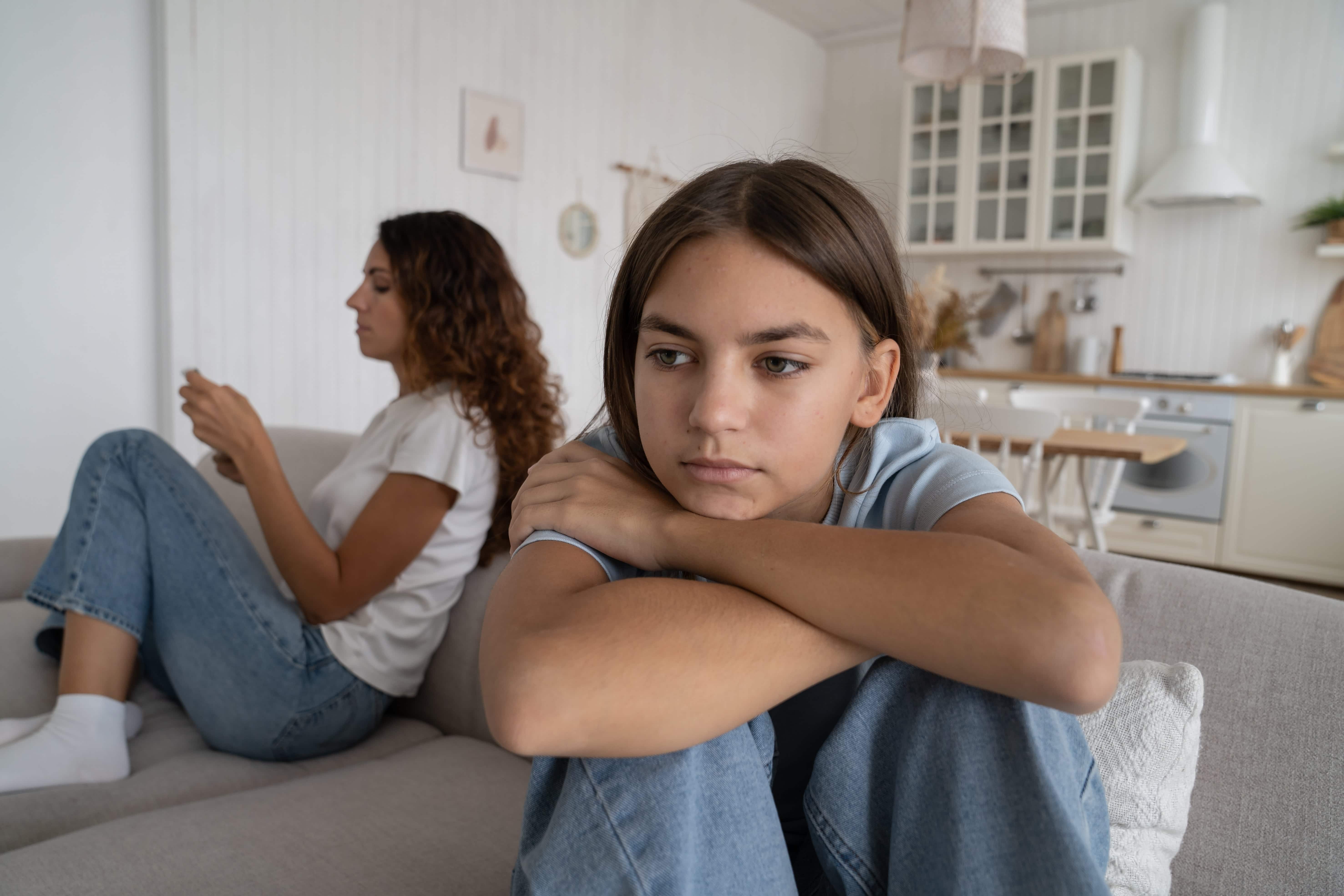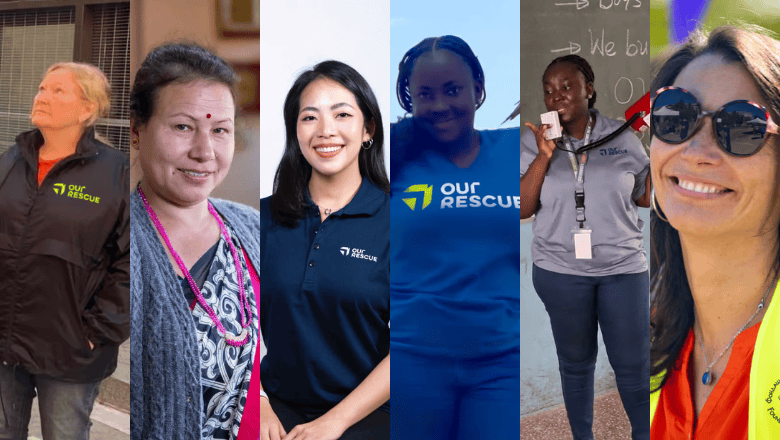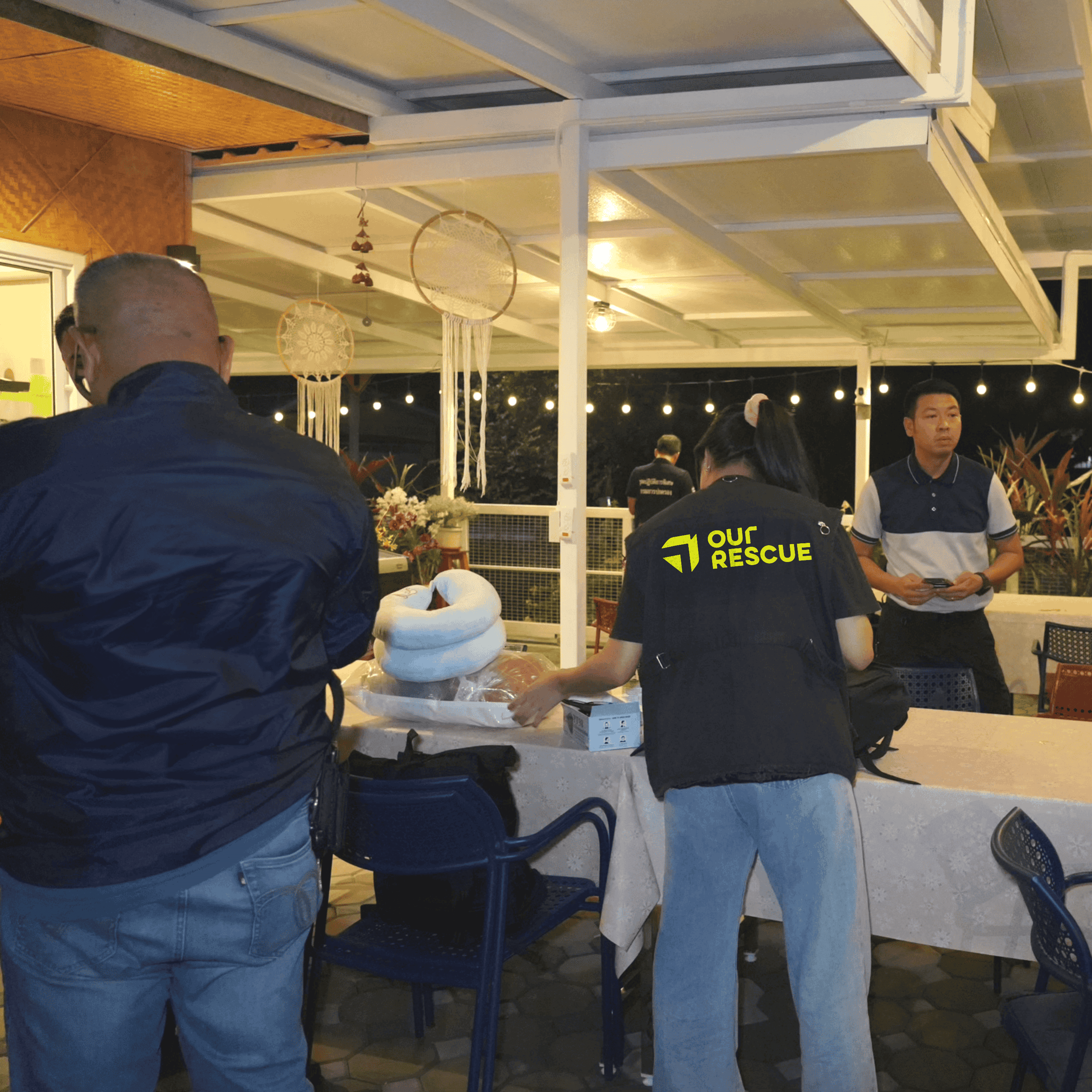
Education & Insights on the Issue of Sex Trafficking
Education is the first line of defense against sex trafficking and child exploitation. By providing expert insights, survivor stories, and research-backed resources, we help individuals and communities become difference makers, leading to lasting change.

Understanding Human Trafficking

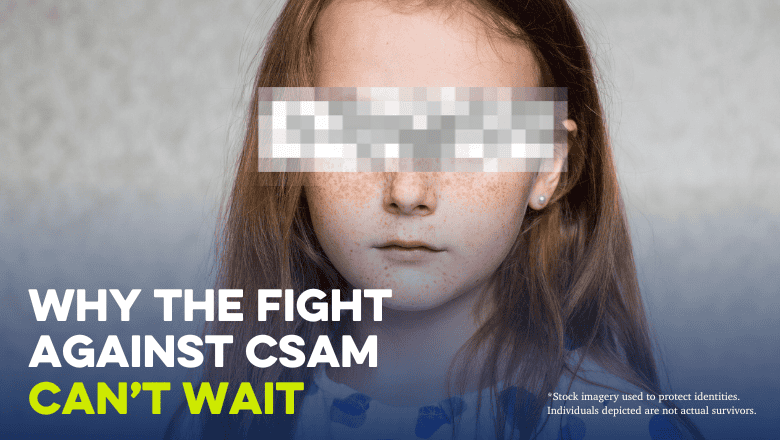


Featured Content

Understanding CSAM: Equipping Communities to Protect and Prevent

What Is Sextortion?

Our Rescue Perspectives

Candid discussions with Our Rescue experts about the challenges in combating sex trafficking and child exploitation. Together, we can bring about change through action and advocacy.

The Latest

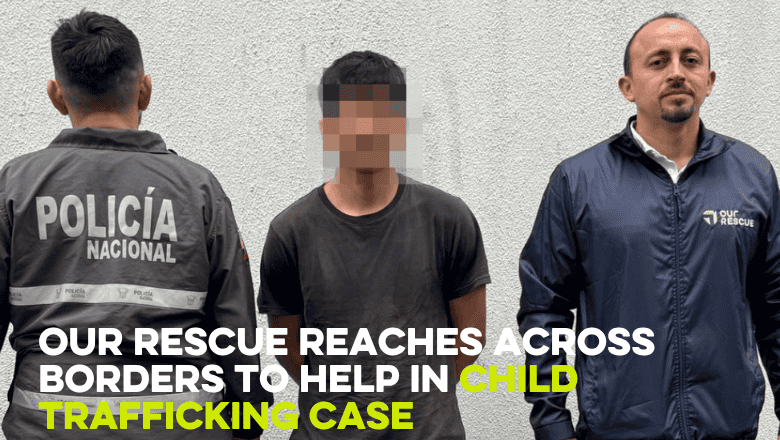
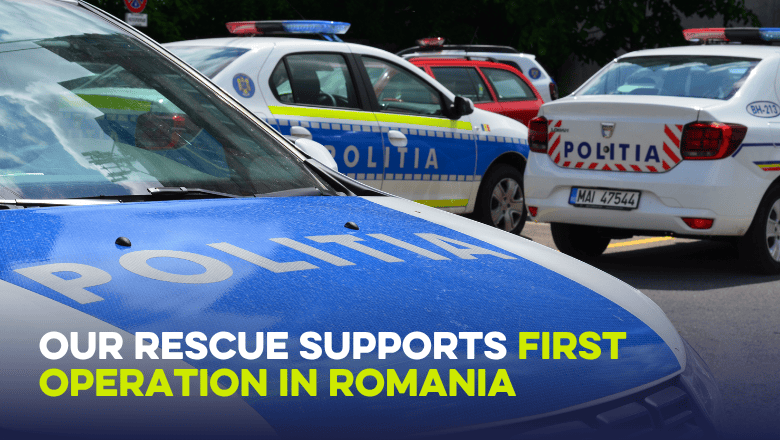

Mission Stories



Our Rescue announcements
